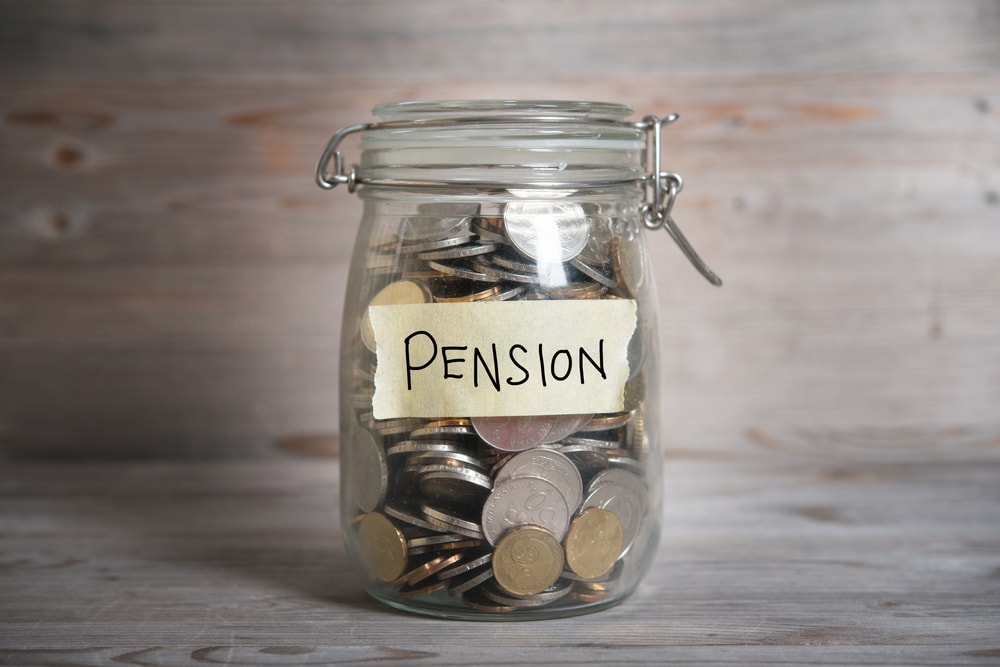National Insurance contributions are typically outstripped by state pension pay-outs, according to analysis from the Pension Payment institute (PPI).
The analysis, which looked across genders and income brackets for people aged 20, 40 and 60 in 2022, found that, in most cases, the amount of state pension received "far outstrips" the amount of national insurance contributions paid.
One such example provided by the PPI was the case of a 20-year-old man in the 10th income percentile, who was expected to pay £60,000 in NI contributions and receive £216,000 in state pension income, meaning that 28 per cent of their income in retirement would be paid through NI contributions.
This is in contrast to men of the same age in the 90th income percentile who were projected to pay £251,000 in NI contributions and receive £291,000 in state pension income and therefore having NI contributions paying for 86 per cent of their state pension income.
The most dramatic difference in favour of NI contributions was found in men aged 40 in 2022 in the 90th income percentile as the analysis showed that 101 per cent of their state pension income would be paid in through NI contributions, with NI contributions amounting to £250,000 and state pension income adding up to £248,000.
In contrast, the smallest proportion of state pension income paid in through NI contributions was found in women aged 20 in the 10th percentile as they were projected to pay £47,000 in and receive £254,000 in their state pension (a proportion of 18 per cent).
Additionally, PPI’s research discovered that men were projected to pay a higher proportion of the state pension they receive in NI contributions than women earning at the same percentile point.
PPI detailed this point by showing that men aged 60 in 2022 had proportions of state pension income paid through NI contributions of 36 per cent, 60 per cent, and 79 per cent for the 10th, 50th, and 90th income percentiles respectively.
This is compared to women aged 60 in 2022, who had a proportion of 22 per cent for the 10th income percentile, 42 per cent for the 50th percentile, and 68 per cent for the 90th.
The PPI attributed this disparity to differences in the gender specific earnings distributions, and differences in life expectancies.
Commenting on the findings, Hargreaves Lansdown senior pensions and retirement analyst, Helen Morrisey, commented: “We’re getting far more out of the state pension than we’re putting in – adding fuel to the fire of the debate over the pension age.
“This analysis will provide further food for thought in the ongoing debate on whether the state pension age needs to be hiked further in the coming years.
“In virtually every case, the average amount of state pension received far outstrips the amount of national insurance contributions that people pay in over the course of their lifetime.
“In the various circumstances modelled, only top earning men aged around 40 could potentially find themselves paying slightly more national insurance than they receive in state pension over the course of their lifetime.”
Latest News
-
Mansion House Accord revealed; pension providers to up private market investments
-
Mansion House Accord: Industry reacts
-
DWP questioned over pensions dashboards progress
-
AQA Pension Scheme agrees £120m buy-in with Rothesay
-
Majority not confident pension savings will last; calls for ‘mid-retirement MOT’ grow
-
‘Blockbuster’ Pensions Bill set to be ‘crammed to bursting’ with measures
A changing DC market
In our latest Pensions Age video interview, Aon DC senior partner and head of DC consulting, Ben Roe, speaks to Laura Blows about the latest changes and challenges within the DC sector
Being retirement ready
Gavin Lewis, Head of UK and Ireland Institutional at BlackRock, talks to Francesca Fabrizi about the BlackRock 2024 UK Read on Retirement report, 'Ready or not. How are we feeling about retirement?’
The role of CDC

In the latest Pensions Age podcast, Laura Blows speaks to TPT Retirement Solutions Chief Client Strategy Officer, Andy O’Regan, about the role of collective DC (CDC) within the UK pensions space
Keeping on track

In the latest Pensions Age podcast, Sophie Smith talks to Pensions Dashboards Programme (PDP) principal, Chris Curry, about the latest pensions dashboards developments, and the work still needed to stay on track
© 2019 Perspective Publishing Privacy & Cookies













Recent Stories